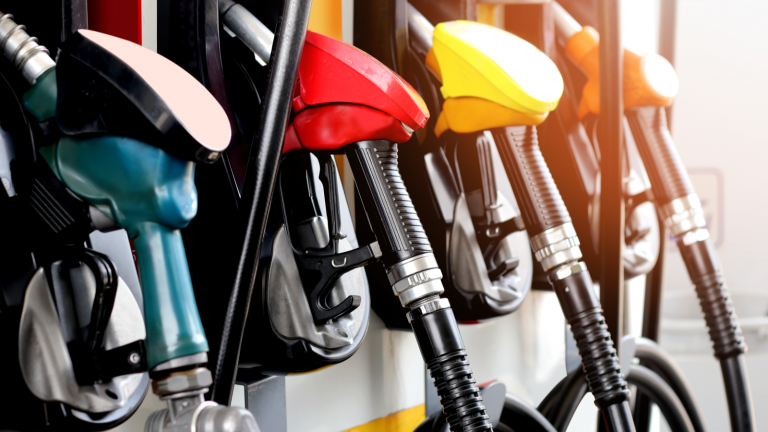It’s no surprise that rising gas prices have been a huge talking point in 2022. That’s particularly true with midterm elections just around the corner.
When the Covid-19 pandemic came along, gas prices and oil prices collapsed as the energy market suddenly found itself in a state of oversupply. That came alongside a plunge in demand. Even though more than two years have passed, the market is still trying to find a state of equilibrium.
Obviously, supply-chain woes and inflation have not helped rising gas and energy prices. Nor did Russia’s invasion of Ukraine, as the former is a large exporter of oil.
Since peaking, gas prices have continued to retreat from the $5-a-gallon mark they hit in early summer. Crude oil prices hit $130.50 in March but fell more than 40% to the late-September low. Rallying from the lows now, oil prices are trading near $88.
President Joe Biden’s administration continues to tap into the Strategic Petroleum Reserve (SPR) in an effort to lower oil prices. At some point though, the SPR will need to refill the supply it went through, which could keep a bid under oil prices.
Even though some experts don’t expect oil supply to be cut very much, oil isn’t the problem. Instead, it’s a lack of refineries. As more refineries come online, that could aid in lower gas prices.
“We will see higher gas inventories in [the] next 60 days, especially as refineries resume from pit stops and are back on line … I don’t think we have to worry about gas. I think we’ll see prices slip between now and Thanksgiving,” said Tom Kloza, a global petroleum analyst at Oil Price Information Service.
The Problem With Rising Gas Prices
Gas prices have an instant impact on discretionary spending power. Shipping companies and corporations that pay for freight also have to shoulder that cost, but oftentimes the cost increase is passed along via higher prices — a double-whammy for consumers.
Think of it like this: If a paycheck-to-paycheck consumer who usually puts $100 worth of gas into the car a week suddenly has to buy $150 to $170 worth of gas, that’s $50 to $70 that’s not going somewhere else. “Somewhere else” being a restaurant, movie theater, golf course or elsewhere.
“The national average pump price fell nine cents over the past week to hit $3.79. It has dropped daily since October 11, primarily due to lower oil prices and fewer drivers than usual fueling up … Today’s national average of $3.79 is nine cents higher than a month ago and 41 cents more than a year ago.”
Regardless of political affiliations, consumers want to see gas prices decline. Lower gas prices not only lower consumers’ cost at the pump but also help ease inflation across the board. Further, it puts a little extra spending money in consumers’ pockets, which helps restaurants, businesses (big and small), recreation and entertainment industries, and more.
On the date of publication, Bret Kenwell did not have (either directly or indirectly) any positions in the securities mentioned in this article. The opinions expressed in this article are those of the writer, subject to the InvestorPlace.com Publishing Guidelines.

